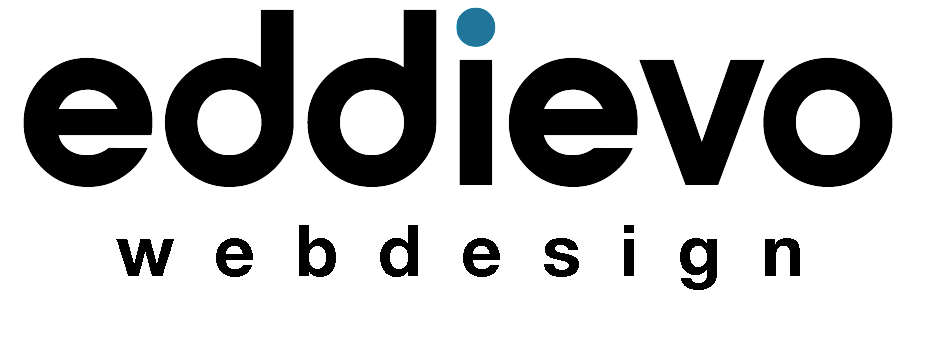Importance of Motion Graphics in Web Design
In today’s digital age, where user experience reigns supreme, the role of motion graphics in web design cannot be overstated. Motion graphics seamlessly blend design, animation, and storytelling to create compelling visual experiences that captivate and engage users. As attention spans dwindle and competition for online visibility intensifies, integrating motion graphics into web design emerges not just as a trend but as a strategic necessity.

Enhanced Visual Appeal and Engagement
Motion graphics breathe life into static web pages, transforming them into dynamic and interactive experiences. Through carefully crafted animations, movements, and transitions, websites become more visually appealing and engaging. These elements not only capture the attention of visitors but also guide them through the content in a more intuitive manner.
Effective Storytelling
Storytelling lies at the heart of effective communication, and motion graphics excel in conveying narratives in a concise yet impactful way. Whether through animated infographics, product demonstrations, or visual narratives, motion graphics enable brands to communicate their message more effectively. This storytelling aspect not only enhances user engagement but also helps in building a memorable brand identity.
Improved User Experience
User experience (UX) is pivotal in determining the success of a website. Motion graphics play a crucial role in enhancing UX by providing seamless interactions, intuitive navigation cues, and visual feedback. By simplifying complex information through animation and enhancing usability through interactive elements, motion graphics contribute to a smoother and more enjoyable browsing experience.
Increased Conversion Rates
Engaged users are more likely to convert into customers. Motion graphics can significantly impact conversion rates by making a lasting impression on visitors. Whether it’s through compelling call-to-action animations, interactive product showcases, or immersive storytelling, motion graphics can influence user behavior and encourage actions such as sign-ups, purchases, or inquiries.
SEO Benefits
Beyond visual appeal and user engagement, motion graphics can also boost SEO efforts. Search engines like Google prioritize user experience metrics such as bounce rates, time on site, and interaction rates when determining rankings. Websites that effectively utilize motion graphics tend to have lower bounce rates and higher engagement metrics, thereby signaling search engines about the quality and relevance of their content.
Mobile Compatibility
With the majority of internet users accessing websites via mobile devices, ensuring mobile compatibility is essential. Motion graphics, when optimized correctly, can enhance mobile user experience without compromising loading times or responsiveness. By using lightweight animations and scalable vector graphics (SVGs), web designers can deliver seamless motion experiences across various devices and screen sizes.
Differentiation and Brand Identity
In a crowded online marketplace, differentiation is key to standing out. Motion graphics offer a unique opportunity for brands to differentiate themselves by creating visually distinctive and memorable experiences. Consistent use of motion graphics elements, such as animated logos, transitions, or custom illustrations, helps reinforce brand identity and leave a lasting impression on visitors.
Future Trends
Looking ahead, the future of web design is increasingly intertwined with motion graphics. As technology advances and user expectations evolve, motion graphics will continue to play a pivotal role in shaping the digital landscape. From augmented reality (AR) interfaces to immersive virtual experiences, the potential applications of motion graphics in web design are limitless.
In conclusion, integrating motion graphics into web design isn’t just about aesthetics; it’s about creating meaningful connections with users, enhancing user experiences, and achieving business goals. By leveraging the power of animation and storytelling, motion graphics elevate websites from static pages to dynamic platforms that resonate with audiences on a deeper level. As businesses strive to leave a lasting digital footprint, embracing motion graphics emerges as a strategic imperative in the realm of modern web design.

